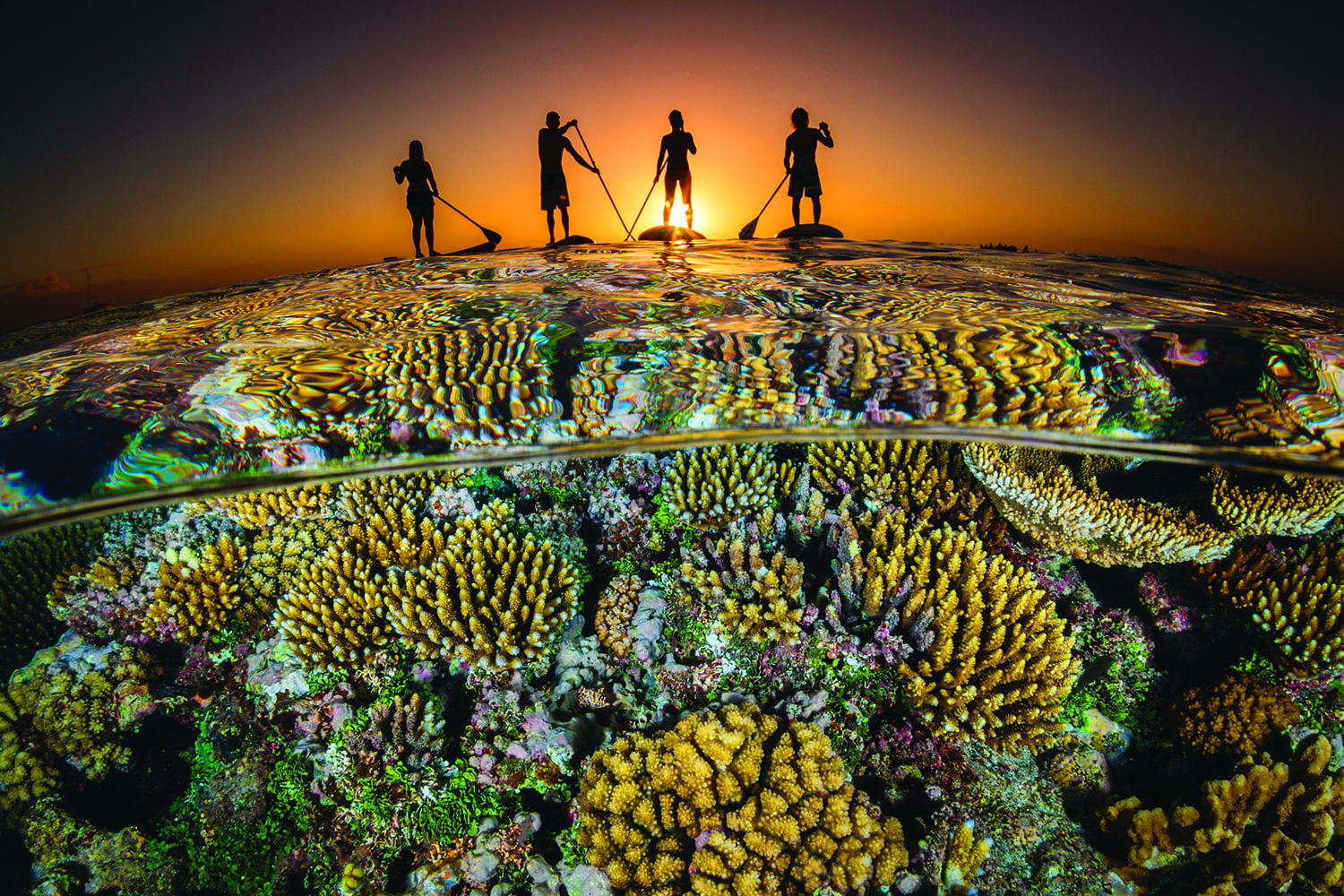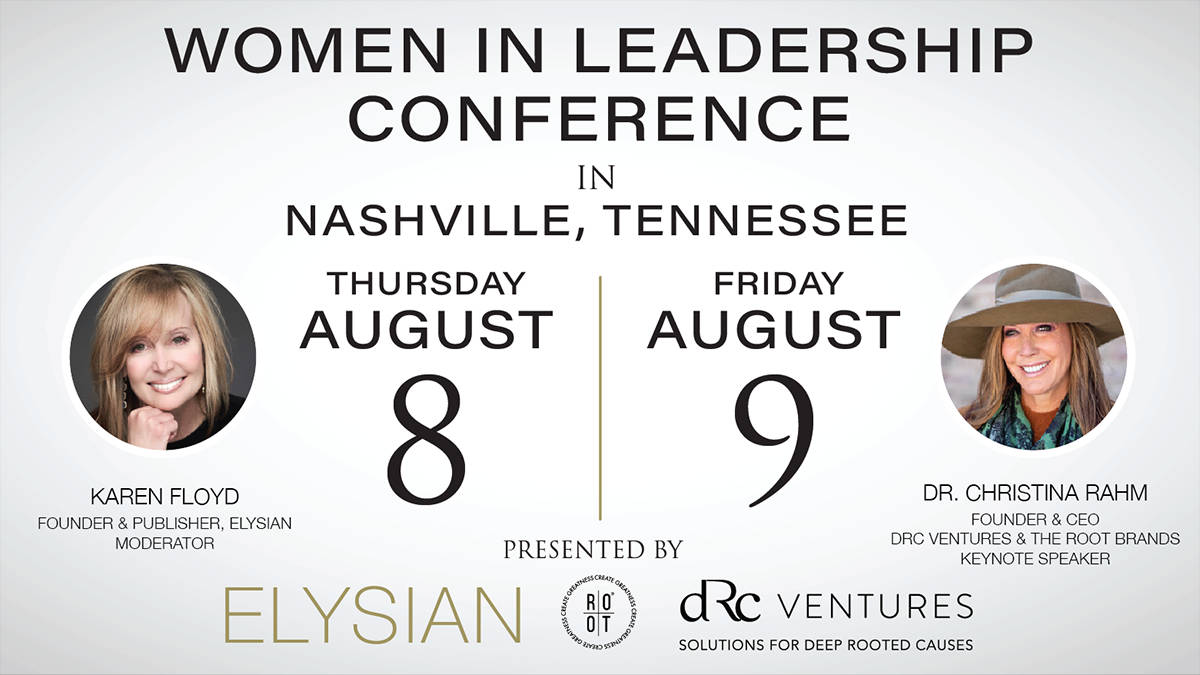Tiffany & Co. Foundation uses its voice to inspire ocean conservation efforts around the world.
By Latria Graham
It is early in the morning in the Florida Keys when Richard Ververs piles his scuba gear into a hydro-jet inflatable boat. The sun is just high enough in the sky to help the navy night transition into lavender dawn when the boat pulls away from the dock, headed for a remote Carysfort Reef off the coast of North Key Largo. The coral reef system in the Florida Keys is approximately 150 miles long and four miles wide, making it the third largest in the world.
Ververs, a former advertising executive turned underwater explorer, began diving when he was 16. He uses his photography to take people on a journey many will never be able to experience on their own in order to educate them about the ocean and all that lie there. Even though he has hundreds of dive hours under his belt, Ververs is unsure of what he will find when he enters the water. Once this area was teeming with life—the vivid coral hidden beneath the waves is supposed to be home to thousands of varieties of fish and a plae where sea turtles swim with abandon, but the stories he’s heard lately indicate the world beneath his feet might be in trouble. He straps on his scuba gear and steps off of his vessel into the cerulean blue world below
When the bubbles from his entrance to the water recede, he is unprepared for the scene in front of him. The colorful coral enjoyed by so many are gone, and everything in this underwater world is white. The rose red and mikado yellow coral from the previous scientific survey are gone, their crumbling sarcosine-colored exoskeletons the only things left behind. Gone are the yellowtailed damselfish and sea turtles. Even the tiny fish that used the reef for protection are nowhere to be seen.
Devastated by the discovery, Ververs emerges from the water to tell the world what he has found. The nonprofit he founded, The Ocean Agency, advocates for coral conservation by interpreting key research about ocean conservation into stories for broad audience.
Ververs has a powerful partner that helps get the word out: The Tiffany & Co. Foundation. The organization was founded in 2000 with the goal of being responsible corporate stewards of the environment. The foundation does so by supporting nonprofit organizations and civic institutions that focus on two main areas: responsible mining and coral conservation. Since its inception, the organization had awarded more than $75 million in grants.From supporting global outreach campaigns to funding cutting-edge research and clearing the path to create policies establishing marine protected areas, the Tiffany & Co. Foundation aims to bring corporate, scientific and community interests together to protect the world. “Support for action conservation is very thin,” Ververs says. “People often think that there’s a lot of philanthropy that goes to the environment, but it’s only approximately four percent of all donations. And the ocean only gets about 15 percent of that. When it comes to coral, there is little support. That makes foundations like Tiffany & Co. incredibly important.”
Coral reefs extremely diverse marine ecosystems hosting more than 4,000 species of fish, massive numbers of mollusks, crustaceans and many other animals.Often seen as rocks or deep-sea plants, coral
are actually animals—marine invertebrates that inhabit tropical and temperate oceans zones. They emit calcium carbonate, which forms the hard skeleton that we often see in photographs. That exoskeleton of hard coral often becomes the framework of the reef. Coral grow incredibly slowly, adding only half an inch in height each year.
Local economies near major coral reefs benefit from the abundance of fish and other marine creatures as a food source. Reefs also provide recreational scuba diving and snorkeling tourism. The annual global economic value of coral reefs is estimated from $30 billion to $375 billion, and 500 million people worldwide rely on the economy generated by the reefs.
Coral reefs are under stress around the world, and their bleaching is an environmental crisis with global stakes and economic repercussions.
A change in water salinity or water temperature variations of more than one or two degrees Celsius can kill some species of coral. “The ocean works very much like your own body—it is as fragile, so small rises in temperature, from 98.6 degrees Fahrenheit to 102.2, and suddenly you’ve got system failure,” Ververs explains. “For coral, small changes in chemistry, and you’ve got system failure. All life on Earth really is dependent on a healthy ocean.” When the animals cannot keep up with the changes they are met with due to coral mining, agricultural pollution and overfishing, they die. While local action, such as habitat restoration and herbivore protection, can reduce local damage, the longer-term threats of acidification, temperature change and sea-level rise remain a challenge.
A thousand miles south of the Florida Keys, The Nature Conservancy’s Caribbean Program Executive Director, Luis Solorzano, is analyzing the surveys being done around coral reefs in the wake of Hurricane Maria. Solorzano and Ververs agree on many of the same points when it comes to coral conservation.
“These corals may be a thermometer of what we are doing to the planet and what we are doing to ourselves. We are part of the web of life on this planet. Coral reefs are the rainforest of the seas; we have to protect them too. Because they are under the surface and people don’t see them, they’re out of sight, out of mind,” Solorzano says. However, the approach to problem-solving by each organization is different: while Ververs and The Ocean Agency focus on changing the way we communicate about our changing world, Solorzano’s team stands on the frontier of coral reef science, using cutting-edge aerial technology to create high-resolution coral reef maps.
Both approaches are integral to solving the ocean conservation problem, and The Nature Conservancy’s program has also benefited from the Tiffany & Co.Foundation’s grants: “The connection to the Tiffany & Co. Foundation goes beyond the 2017 grant,” Solorzano says. “They have been with us for years, and that is one of the outstanding things about the organization. They understand progress takes time and sustained support. Some other grants, they come and go, and it is harder to plan research and implement conservation techniques.”
By some estimates, 60 percent of the world’s reefs are at risk due to human-related activities, and more than half of the world’s coral reefs may be destroyed by 2030. Still, Solorzano has hope: “Countries are reforesting millions of acres with trees. Why can’t we believe that we can eventually do the same for the coral? The research is happening,”he explains. “We still have the power to change the future.”


